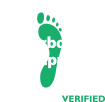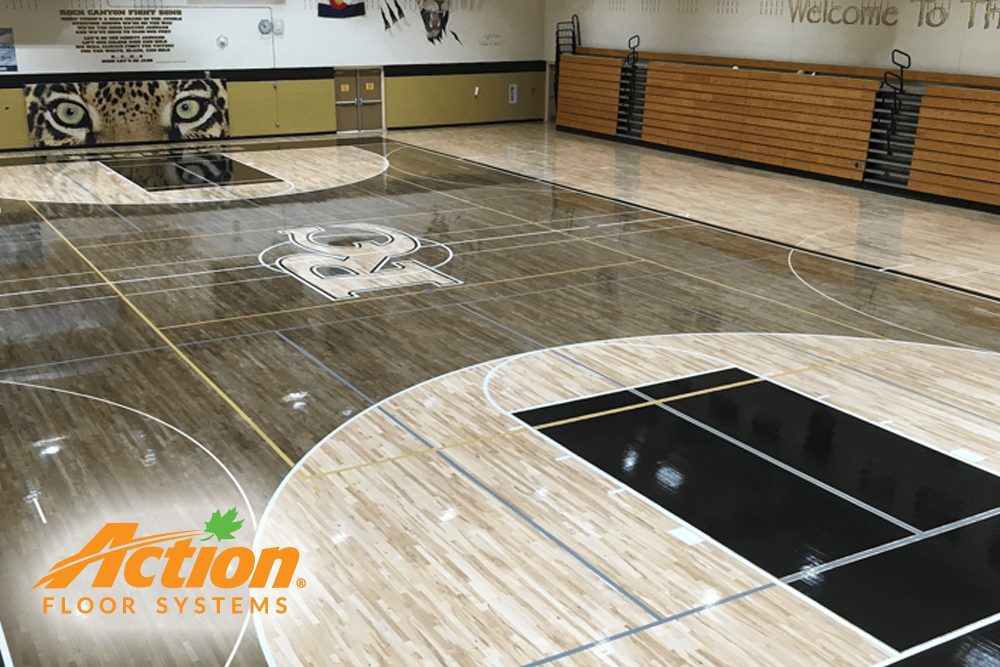 Just as the changing of seasons affect your lawn and garden, they can impact your hardwood maple sports floor system if not properly cared for. Environmental fluctuations such as humidity, heat, and moisture, as well as seasonal facility activities, can cause flooring headaches like cupping, cracking, or even buckling.
Just as the changing of seasons affect your lawn and garden, they can impact your hardwood maple sports floor system if not properly cared for. Environmental fluctuations such as humidity, heat, and moisture, as well as seasonal facility activities, can cause flooring headaches like cupping, cracking, or even buckling.
We spoke with Action Floor Systems® Midwest Regional Sales Representative Gary Zander to learn about the challenges that come with changes in temperature and climate as well as tips and upkeep advice to protect your beautiful maple sports floor.
Winter and Hardwood Sports Floors
“Depending on what part of the country you’re in, during the winter months, operating heating systems combined with frigid, dry air can dry out your maple flooring causing shrinkage cracks,” shares Zander.
Shrinkage cracks are not uncommon in winter months. The Maple Flooring Manufacturer’s Association (MFMA) shares that these cracks will normally close in spring and summer as the floor absorbs moisture from the higher relative humidity levels in the air.
When the air is dry, facilities should humidify the air to maintain proper humidity levels to minimize shrinkage cracks and gaps. Action Floors and the MFMA recommend the indoor temperature to be maintained between 55 and 75 degrees and between 35 and 55 percent indoor relative humidity (IRH) – this safe range helps to minimize board fluctuation.
However, sometimes extremely low relative humidity in a facility is the result of an imbalance in the HVAC system.
“We received calls this winter from new schools about gymnasium floors they had installed,” shares Zander. “They wanted to know why their floors had gaps between the boards in February when the gaps weren’t there in September. Regulations continue to evolve for how much fresh air needs to be brought into facilities by the HVAC systems. The exchange percentage/volume is often programmed into the HVAC system for a fully occupied gymnasium. If the gymnasium has a capacity for 900 people, the air exchange rate for the majority of the time far exceeds the requirements. How often do you have full capacity in your gymnasium? Graduations and basketball games?”
Zander explains that more often than not, facilities in the heating season are exchanging the air to the extreme, which contributes to the maple drying out and causing gaps in the floor. It’s important to balance and monitor HVAC systems and the IRH when fewer people occupy the gymnasium. To be proactive, meet with your HVAC representative to learn how to balance your unit on your own – some systems have automated controls to make balancing a breeze.
More common in winter, but an issue year-round, are the auto-scrubbers used to remove debris such as salt and grime. Zander warns facility managers about the dangers of the moisture these machines leave behind. “The water left behind by the auto-scrubber can get down into the cracks and cause the floor to expand and cup unnaturally in the middle of winter.” Instead, Zander recommends walk-off mats at the doorways and using microfiber-treated mops to keep the grit off the floor.
If you live in a state with intense winters, see our article that includes more tips on protecting your sports floor system from winter damage.
Springtime and Your Sports Floor
While April showers bring May flowers, they can also produce problematic water issues.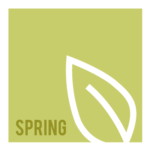
If your gymnasium’s roof leaks, water pools surround the building, or water comes in through an entryway, buckling of the hardwood floor may occur. Buckling happens when standing water sits for a period of time on or under the sports floor system, resulting in the flooring pulling away from the subfloor and potentially the concrete slab.
Though this is a rare situation, it’s important for facility managers to be prepared and call your sports flooring contractor immediately.
Zander explains that while general flooring contractors are knowledgeable in their field, they may not have the expertise and know the intricacies of sports floor systems
“A sports floor expert will help you properly dry out your floor. If done incorrectly, issues unseen to the eye, such as corroding fasteners, may be occurring over time, causing your floors’ lifespan to significantly lessen,” he says.
In even more extreme circumstances, such as a natural disaster or major flooding, you have an entirely different situation on your hands. Read our recent article on how to handle insurance, repairs, and replacement if disaster strikes your school’s sports floor.
Sports Floors in Summer
The high humidity often experienced in summer can damage your maple hardwood sports floor by causing cupping or crowning.
“When schools are closed in the summer or the humidity is high, it’s important to monitor the environment [temperature and relative humidity] in the gymnasium,” shares Zander. “When hardwood floors absorb excess moisture, the flooring boards expand potentially resulting in cupping, crowning, or even compression set.”
Cupping is when a floorboard’s surface edges are higher than its most center, and the wood on the bottom of the flooring board has a higher moisture content than the top. The MFMA explains that cupping can occur from extensive dry air above the flooring, drying the surface, with moisture under the floor increasing the moisture content on the bottom of flooring boards. Potential contributors include aggressive wet mopping, auto-scrubbers, and moisture migration through the wall or slab.
If this happens, start by addressing the IRH inside the facility. If that doesn’t work, have a sports floor professional come in to assess the damage. Professional sanding and refinishing may be needed to address this issue.
Crowning is the opposite of cupping; in this case, the center part of the board is higher than its edges. Here, moisture on the bottom section is lower than the moisture in the top section of the boards. The MFMA adds that this convex, upward shape across the width of the face most often occurs with prolonged high relativity moisture; however, it can also happen when moisture is left on the floor for too long or even from wet mopping.
To keep indoor relative humidity in check, Zander explains that air conditioning or fans should be kept running, especially in summer months, so the humidity doesn’t build up and produce a “greenhouse-like effect” in gymnasiums or facilities. If your HVAC system does not monitor relative humidity, consider investing in a standalone device. This way, you’ll be able to quickly react to any humidity fluctuations and adjust your HVAC system to mitigate flooring issues. Additionally, all liquids should be immediately removed from a sports floor surface to prevent issues of cupping or crowning.
Aside from weather-related issues, if your facility is used for summer camps or events during this time of year, Zander also points out the dangers of using masking or temporary game line tape on the floor which can damage the floor finish.
The MFMA adds that tapes can remove the surface paint and floor finish, which exposes the maple. This can contribute to additional chipping and peeling in areas surrounding the damaged spot.
Zander’s suggestion: use cones or other methods to mark floors, if required. Colorful options like half-cones, vinyl spots, and dome-like cones exist to help clearly mark areas.
Fall and Your Sports Floor
Fall means back to school – and how you prep for your sports floor at the start of the year sets the stage for months to come.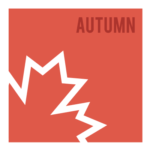
Zander and the MFMA share a few insights to keep your sports floor in tip-top shape:
- Have a sports floor professional screen and coat your floor on an annual basis. The new coat of finish acts as a wear layer between shoes and the maple boards. By doing this regularly, your floor will begin to build up a barrier that will help isolate the flooring from relative humidity issues. Plus, your sports floor professional will check for damaged or splintered boards and base or threshold issues during this time.
- Practice good daily floor care maintenance. Use microfiber mops to clean and avoid anything that will leave excess water on the floor.
- Get rid of heel marks using an approved floor cleaner applied with a microfiber cloth or tennis ball.
- Beware of household cleaning products as they can be damaging to the finish and the wood and may leave floors sticky or slippery. Ask your sports floor dealer for proper cleaning and maintenance materials.
Always Protect Your Floor
Changing seasons can bring unexpected and sometimes unwanted conditions to your facility. By understanding common seasonal issues and attainable solutions, maintaining your maple sports floor shouldn’t be difficult.
“As complicated as this all seems, it’s actually very easy. Simply monitor the temperature and relative humidity in your facility, and practice good daily maintenance,” Zander adds.
In addition, facilities can safeguard their sports floor with a floor cover system. Action AirRide® cover systems are particularly useful for multi-use facilities. Covers protect hardwood courts during non-sport events like graduations or school dances when things can get messy.
If you have questions about seasonal maintenance tips specific to your region or want to inquire about a floor cover system, contact us online or at 800-746-3512. We’re here to help.


















